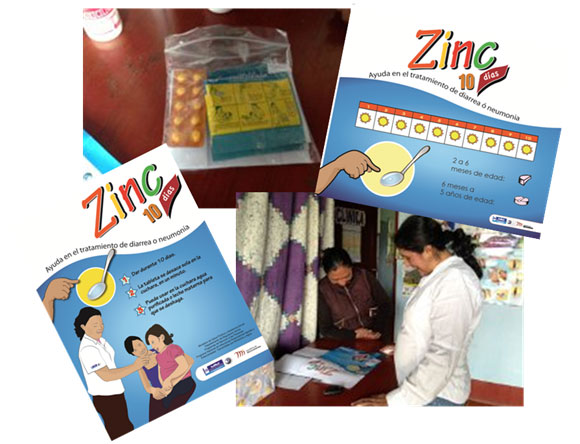 Watching TV, reading a magazine, walking down a city street -- we are all constantly exposed to marketing and its power.
Watching TV, reading a magazine, walking down a city street -- we are all constantly exposed to marketing and its power.
Maybe as a child you convinced a parent to buy you a McDonald's Happy Meal -- an example of commercial marketing, where the goal is to get the consumer to purchase a new product. Perhaps your city ran a short "educational" social marketing campaign using street-level advertisements and Facebook and Twitter to educate about the importance of recycling, trying to influence behavior for good.
These campaigns all have an objective in mind -- choose something, try a new product, take a different approach -- and well-designed campaigns can be quite successful. What many of us don't appreciate about marketing campaigns is what happens before the marketing campaign and the work that goes into it before we-- the consumers -- even see something.
One of the first steps is market research/public opinion research, when organizations sit down with small sections of their target audience and get opinions. Have you participated in a public-research opinion poll, responded to an online survey about your consumer satisfaction or voted on the flavour of new chips or the latest coffee brand? In my project in Guatemala, we decided to learn from marketing best practices of the private sector: We used public opinion research to develop and test our packaging of zinc and oral rehydration salts (ORS) to treat diarrhea.
Not to give away the ending, but it really was a textbook example from any Marketing 101 lesson on the importance of public research. We knew that we needed the buy-in of our audience if scale-up of the zinc/ORS treatment was to succeed. The Micronutrient Initiative recognizes the need of this important component for program success, and supports changing nutrition interventions to work for the audience -- a mother or a health care worker -- so I was aware that "things could change." However, while we were prepared for this step, we were surprised by the product change that was needed -- the type of change that ensured success as well as, ultimately, healthier people.
Working with Rosario Garcia, our local Guatemalan Principal Investigator, we sat down with our Guatemala Ministry of Health contacts, including health program planners, doctors and their graphic design team, to finalize the packaging for the zinc/ORS campaign.
We then took our product -- a small, bright cardboard box -- to those who would use the box: the healthcare workers who would have it on hand at the health centers, and the mothers who would be carrying it around.
Over a few weeks, and many interviews and discussions, our small, bright cardboard box transformed. What we started with and sent out to be tested was viewed as problematic: It was hard to store in the drug supply cupboards of the health centres; it was time-consuming to put together; it disintegrated in the damp and humid climate; it was too bulky for mothers to carry around.
 Thanks to the comments and suggestions from our healthcare workers and local mothers, the box was transformed into a bag: a flexible, re-sealable, waterproof (plastic and clear) bag that not only could carry our live-saving zinc and ORS health product but also important healthcare information that caregivers can really use.
Thanks to the comments and suggestions from our healthcare workers and local mothers, the box was transformed into a bag: a flexible, re-sealable, waterproof (plastic and clear) bag that not only could carry our live-saving zinc and ORS health product but also important healthcare information that caregivers can really use.
We all came away with a better understanding of all the behind-the-scenes work of a successful marketing campaign. Even the designer of the life-saving box agreed there will be more demand for a life-saving bag.
There's so much work that goes into designing product-packaging and promotion. Asking peoples' opinions takes a lot of time. However, investing in a beneficial product that ends up being used instead of wasting away on a shelf is definitely worth it!
